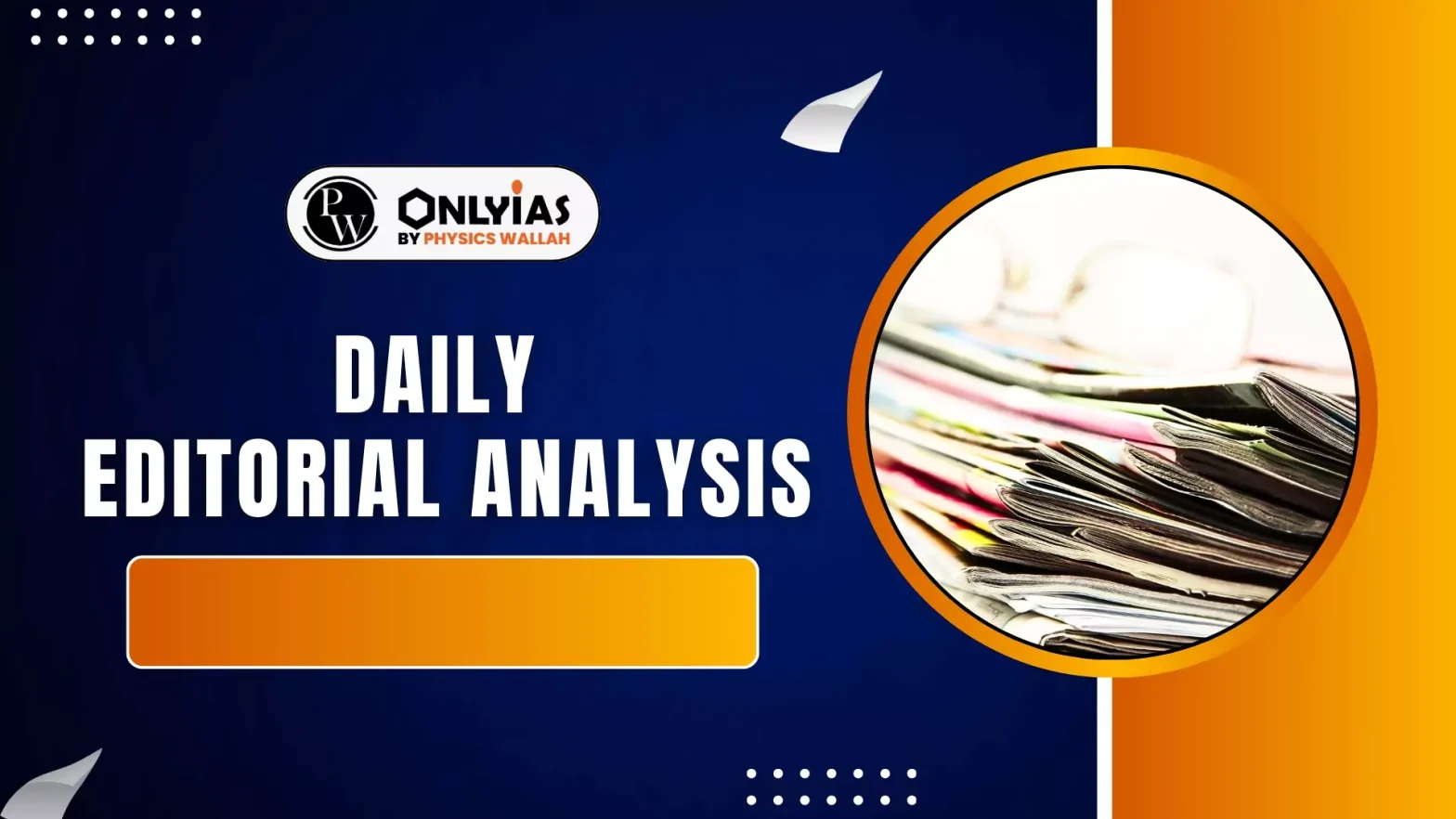Teachers today are required to balance classroom responsibilities with multiple institutional demands.
- The traditional image of a reflective teacher has shifted to that of a hyperactive manager in a technology-driven environment.
- As Baudrillard argued, the world has become “hyperreal,” and teachers are now expected to adapt to this hyperreal, tech-mediated reality.
Key Concerns In the Adoption of AI Into the Classrooms
- Shift from Reflection to Hyperactivity: Teachers are increasingly treated as hyperactive managers rather than reflective guides, reducing the contemplative role of teaching.
- Technocratic View of Education: Educational institutions often equate good teaching with technology-driven performance, sidelining deeper pedagogical values.
- Passive Consumers: The rapid push for AI adoption risks making teachers and students passive consumers of technology rather than critical thinkers.
- Superficial Measure of Tech-Savviness: Being “tech-savvy” is narrowly defined as the use of gadgets and audio-visual tools, ignoring the real transformative aspects of teaching.
- Neglect of Human Agency: The humanistic dimension of trust, dialogue, and mutual learning between teacher and student is often overshadowed by technology.
- Ethical Double Standards: While teachers use AI tools like ChatGPT to prepare notes, students face strict penalties for similar usage in assignments.
- Suppression of Creativity: Rigid institutional demands risk turning teachers into techno-managers, limiting their space to innovate with technology meaningfully.
- Erosion of Humanistic Ideals: The rush towards AI-driven education threatens Rabindranath Tagore’s vision of teaching as a process of guiding students from dependence to freedom.
- Unlike the rigid demand for techno-smart instructors, this model emphasises freedom, creativity, and innovation in teaching.
- Technology can be liberating if teachers are given the space to use it imaginatively rather than mechanically.
Way Forward
- Redefine Smartness: Move beyond gadget use to focus on creativity and innovation in classrooms.
- Balance Humanism and Technology: Ensure AI complements, not replaces, the dialogic relationship between teacher and student.
- Empower Teachers: Give space for teachers to use technology innovatively rather than reducing them to techno-managers.
- Ensure Ethical Clarity: Frame consistent norms on AI use for both teachers and students to avoid double standards.
- Preserve Humanistic Ideals: Uphold Tagore’s vision of the teacher as a guide who leads students towards freedom and independence.
Conclusion
Technology in education must serve as a tool for empowerment, not control. True smartness in classrooms lies in blending innovation with the humanistic ideals of trust, dialogue, and freedom in learning.
![]() 6 Sep 2025
6 Sep 2025

